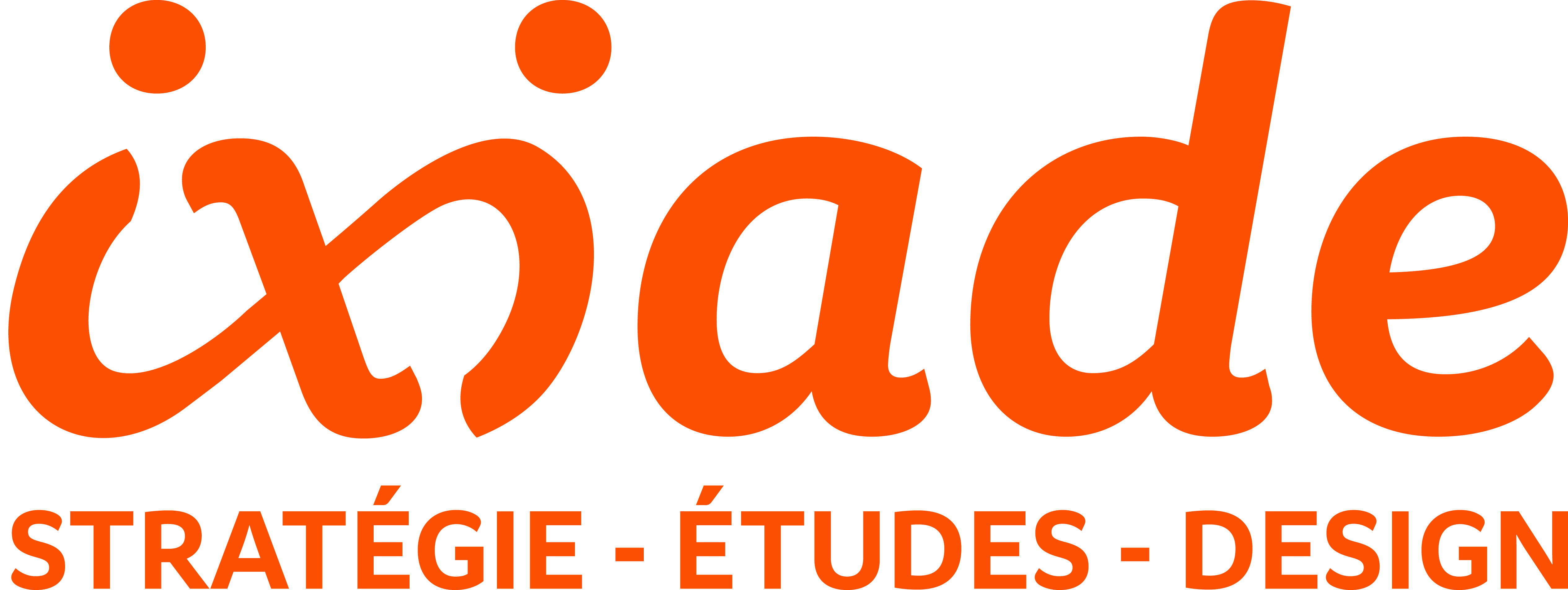In an increasingly digitalized world, service offers are evolving rapidly, and user expectations are more and more demanding. How to design a relevant service offer in the digital era? Some answers by Doriane Simonnet, UX Market Researcher at Ixiade.
Is the frontier between product and service (still) legitimate?
While the distinction between product and service seems to be self-evident, a closer look reveals that this frontier is actually much thinner and blurrier than it seems. Indeed, the “dematerialization of the world” that we are currently experiencing is undermining the distinction between those two notions. Where, for example, do applications or social networks fit into this continuum? And, even if we forget about the digital for a moment, doesn’t a consumer who buys a tangible product actually buy the associated service? When we choose to buy an electric scooter, it is not so much the object that attracts us, but the promise of fluidity and speed of movement. And this is the very nature of an offer: a promise, a commitment to provide value.
How is the digital transforming services?
Artificial Intelligence, Blockchains, social networks, the Cloud, Virtual Reality, 3D printing, QR codes, Big Data, connected objects, e-sport and eHealth, etc., are all more or less new technologies that have come to revolutionize our uses and, therefore, the service offers that must be in line with these uses. Amazon and Google have become the giants we all know thanks to their ability to become undisputed leaders in the service field of which they have defined the standard. This standard and consumers’ expectations have been redefined by the speed of response and the multiplication of contact opportunities, which have remarkably had the effect of moving the after-sales services onto social networks or ensuring the success of online banking. This is particularly true for millennials, whose motto is sometimes described as IKWIWAIWIN, (I Know What I Want And I Want It Now), but generally speaking and more than ever, customers have become actual players.
Marketing strategies are therefore increasingly structured around services, which means that more and more companies are building their business model on the basis of the fulfillment of a promise. Even in the industry sectors where DNA is based on tangible products, performance-based billing systems are emerging, replacing the traditional quantity of delivered products system. One example is Michelin who, in the airline industry, do no longer sell tires but the number of performed takeoffs and landings.
How to design and optimize your service offer?
In this context, several points should therefore not be overlooked. Firstly, it is essential to think of your product in terms of service and consequently to focus on the value it bears. Methods such as the Kano method make it possible to clarify and classify these values. Of course, it is necessary to confront the idea of these values with the one perceived by the users. It is therefore necessary to go and meet these users and to seek numerous and rich feedbacks. The good news is that digital technology greatly facilitates access to these feedbacks!
In addition, we must bear in mind the fact that the ecosystem is essential, and we should ask ourselves the following questions: in what contexts will my service make sense? What are the particularities/advantages/disadvantages of these contexts? What are the possible business alliances that would boost service’s efficiency and make the service I intend to provide more meaningful?
Finally, judicious targeting remains one of the major keys to success. In the hyper-competitive world of digital services, hoping to reach a wide range of consumers from the launch is virtually doomed to failure. So, you need to identify the niche for which the values you offer will make sense.
In short, designing a digital service offer means thinking in terms of promised values, user experience and environment, before and over technology.

